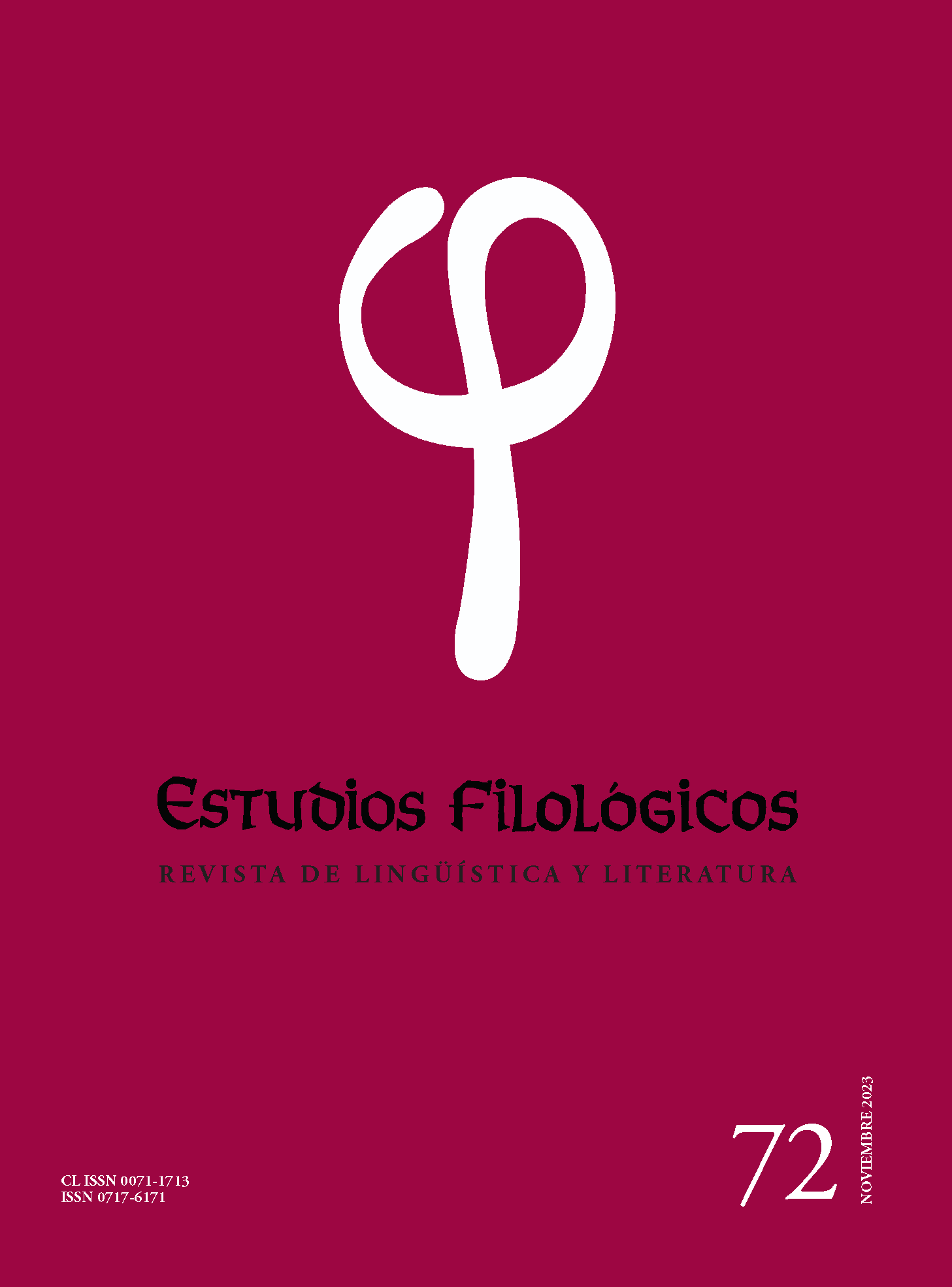Mor de Fuentes facing Werther in the renewal of the Spanish novel: loved one as an ideal of perfection in La Serafina
Main Article Content
Abstract
Mor de Fuentes’s La Serafina (1807) is a novel widely studied by literary critics. It has been linked to different literary movements without there being a definite consensus on which one it can ascribe to; on the other hand, although the same author confessed to having been inspired by Goethe, it does not seem clear to what extent Werther influenced this piece. This article tries to clarify these questions in order to specify how this turned out to be a renewing novel; a careful analysis allows us to affirm that, although it is a novel, its interest is fundamentally lyrical, and that lyricism is specified in a vision of the beloved woman as a way to achieve an ideal of perfection, which will be partly influenced by ideas by Esteban de Arteaga, and that, unlike what happened in Werther, will end up materializing in the narrative and satisfying the protagonist’s fantasies, despite how unrealistic this may be.

